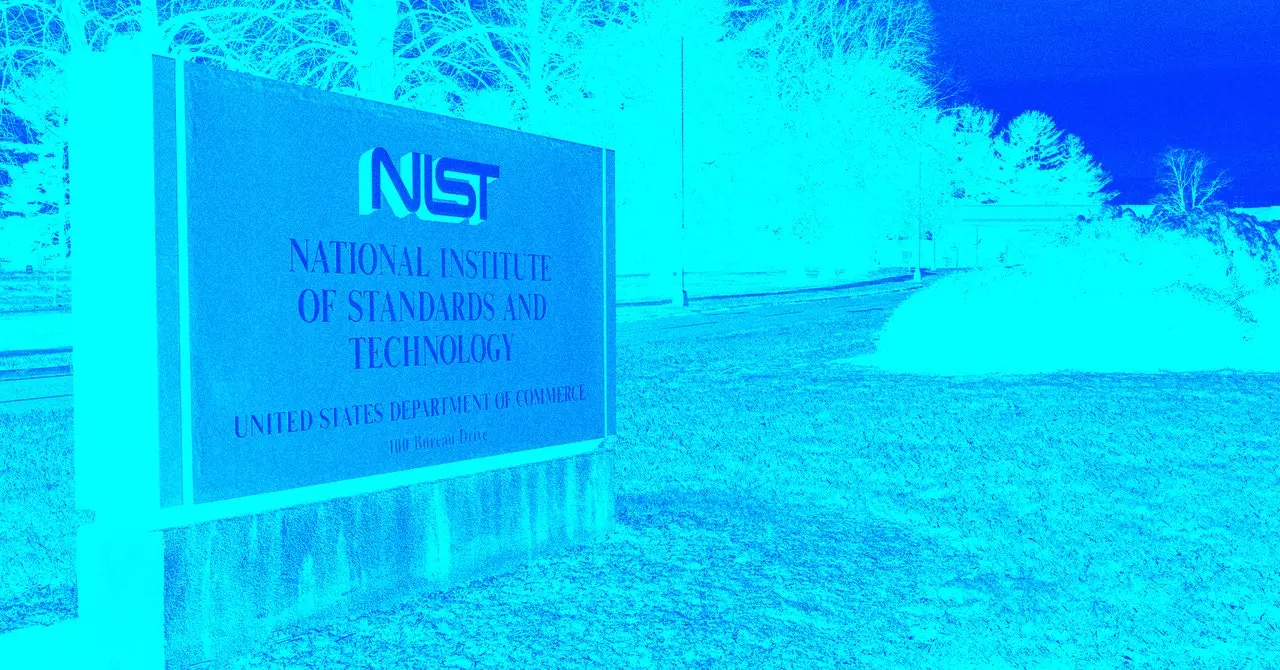In an alarming upheaval of personnel at the National Institute of Standards and Technology (NIST), current and former staffers are bracing for an unexpected wave of layoffs that could transform the agency’s organizational structure. Initiated under the directives of the Trump administration, these job reductions are largely attributed to a broader agenda of governmental efficiency, allegedly influenced by the whims of tech moguls like Elon Musk. The implications of such cuts extend beyond merely diminishing staff numbers; they threaten the agency’s essential role in ensuring safety and reliability across various sectors, from consumer products to pioneering tech advancements.
As the Trump administration commenced in January, apprehension loomed over NIST employees. The agency, which is instrumental in setting performance benchmarks and standards, has faced growing uncertainty regarding its future since the President took office. Reports indicate that directives to tighten budgets and purge personnel have been in the pipeline, leaving many employees feeling vulnerable and insecure about their positions. A core group of those potentially affected consists of approximately 500 recent hires still in their probationary period, making them prime targets for quick dismissal without the hurdles typically associated with layoffs.
Compounding these concerns, there have been unsettling observations of staff members purportedly associated with the so-called Department of Government Efficiency (DOGE) stepping onto NIST’s campus, particularly near its Information Technology Laboratory. Employees relayed sightings of these individuals as they sought access to critical IT resources, sparking fears that the agency’s technological infrastructure may soon be under direct scrutiny and control of external influencers.
One team that is particularly anxious about job cuts is the US AI Safety Institute (AISI), a relatively new entity birthed from the prior administration’s efforts to establish guidelines surrounding artificial intelligence technologies. In direct contrast to these foundational initiatives, President Trump swiftly rescinded the previous AI executive order as part of a rebuke to Biden-era policies, deeming them a hindrance to American progress in AI. The subsequent departure of AISI’s inaugural director, along with other pivotal NIST leaders skilled in AI safety, suggests a chilling effect, where talent is driven away amidst instability and uncertainty.
The staffing upheaval does not appear isolated to NIST; it resonates with broader themes indicative of the current administration’s strategic priorities. Recent commentary from US Vice President JD Vance pointedly illustrated a pivot away from AI safety, underscoring a reluctance to fully engage with the critical implications of unchecked AI development. The exclusion of NIST and associated personnel from international discussions on AI further highlights the newfound deprioritization of these essential safety protocols.
Impact on Future Standards and Public Trust
The looming layoffs at NIST pose potential ramifications that extend far beyond the agency itself. With the expulsion of experienced staffers—many of whom hold significant expertise in their fields—there arises a palpable risk to the integrity and reliability of the standards that safeguard public and industrial interests alike. NIST plays a pivotal role in establishing technical benchmarks that affect numerous industries. A diminishment of its workforce and expertise casts shadows on the future of consumer safety, hampering innovation and potentially compromising the quality of products that Americans rely upon daily.
As NIST’s situation unfolds, the implications may reverberate through societal trust in both government agencies and technological frameworks. Internally, the agency’s mission to foster innovation and reliability may suffer under external financial pressures. Externally, the compounding worries will likely exacerbate public anxieties regarding technological safety, particularly as the AI landscape continues to expand at an unprecedented pace.
Ultimately, the potential upheaval faced by the National Institute of Standards and Technology represents not simply a series of layoffs but a consequential reorientation of federal priorities with lasting ramifications for society as a whole. The dictation of what constitutes efficiency in government operations could have dire repercussions for the same public safety it aims to protect. As the dust settles in the coming weeks, the broader implications of these decisions will become clearer, laying bare the reality of an era defined by uncertainty and ostensibly arbitrary governance.

